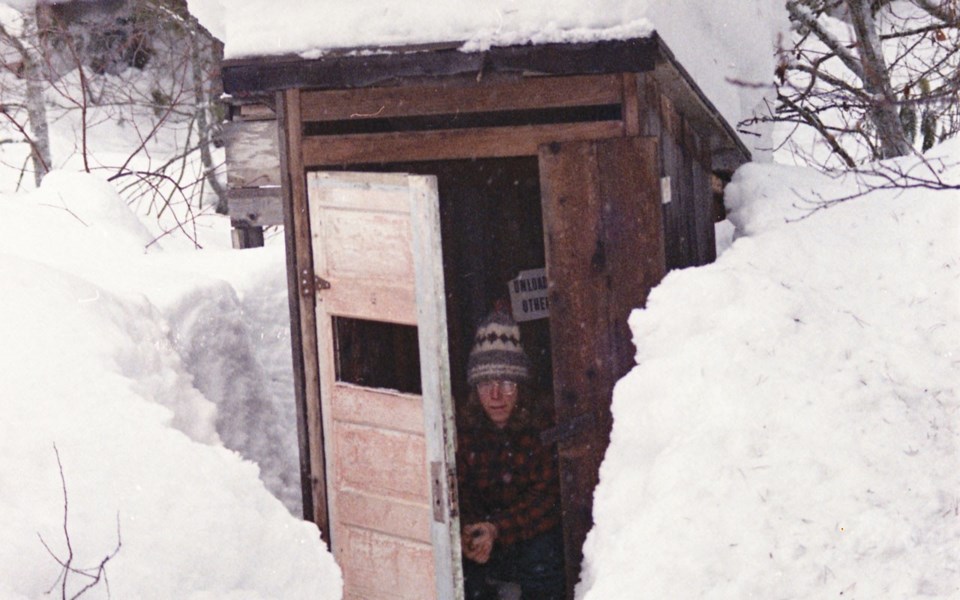The Whistler Museum's archive houses many documents, printed material, films, oral histories, and photographs from Whistler's rich cultural past, from the arrival of some of Whistler's earliest pioneers to the journey of hosting the Olympic Games. It's a treasure trove of interesting facts and unique stories that are unapologetically Whistler.
One of the first major collections I catalogued while working in the archives as an intern at the Whistler Museum in the summer of 2011 was the George Benjamin photograph collection.
George Benjamin, originally from Toronto, Ontario, first came to Whistler in 1968 on a ski vacation, staying at the infamous Toad Hall. George, or "Benji," as he was more commonly known, would move to Whistler in 1970.
George was a semi-professional photographer. His family back in Ontario owned a photo-finishing business, and this allowed him to develop his photographs for free—a handy asset in the days before digital photography.
The George Benjamin collection consists of 8,236 images from the late 1960s to the early 1980s. Photos in the collection include images of early Whistler Mountain Ski Patrol, Soo Valley Toad Hall, Gelandesprung ski jump competitions, summer days spent at many of Whistler's lakes, parties, and everyday shots of living and working in Whistler. This might be the most candid representation of Whistler during this era in our collection.
Folks living in Whistler during this time would have had more in common with Whistler's early-20th century pioneers than with the Whistler of today. Many residents were still using outhouses, had little-to-no electricity, and relied on wood stoves for their cooking needs. George's photos capture this pioneer lifestyle, but with the added element of the counterculture movement of the 1960s and 1970s—and, of course, people that loved to ski.
George's residence in Whistler was the infamous Tokum Corners. This cabin—which was once home to Whistler Museum Board Chair John Hetherington, had no running water, and was often repaired with found materials—would become one of the cornerstones of social life in the valley.
George, who had access to 16mm film equipment, would often shoot on Whistler Mountain, capturing his days following ski patrol blasting and partaking in avalanche control. These film vignettes would be screened at Tokum Corners, usually with Pink Floyd's Dark Side of the Moon playing over top to ever-growing crowds.
George opened the Photo Cell photography store in Creekside around 1973.
He later became a commercial fisherman in the late-1970s. He moved from Whistler back to Toronto in the early 1980s and now lives in Port Perry, Ontario.
George generously donated his collection of photographs and negatives to the museum in 2009. The bulk of George Benjamin's photos are available on the Whistler Museum's website www.whistlermuseum.org.
If you have any interesting stories, films, or photographs from Whistler's past, we would love to hear from you.




